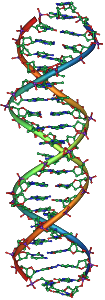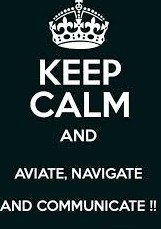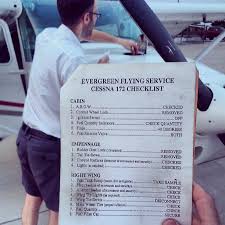 Last Sunday’s NY Times’ magazine’s cover story was called “After Autism.” I once heard that the best way to sell a million copies of a country song was to include the word “Texas” in the title; similarly, an issue of Newsweek that had the word autism on the cover was the second largest selling issue in its history, second only to the issue that had Jesus on the cover. So undoubtedly if you could think of a good song title with the words Jesus, autism, and Texas in the title you’ll make a mint.
Last Sunday’s NY Times’ magazine’s cover story was called “After Autism.” I once heard that the best way to sell a million copies of a country song was to include the word “Texas” in the title; similarly, an issue of Newsweek that had the word autism on the cover was the second largest selling issue in its history, second only to the issue that had Jesus on the cover. So undoubtedly if you could think of a good song title with the words Jesus, autism, and Texas in the title you’ll make a mint.
When I first picked up the article and read a random paragraph that reeked with misinformation I was sufficiently angry to put it aside, but when I eventually read the article through I thought the author (Ruth Padawar) got the gist of it right. Most news about autism is pretty dismal, and it’s important to tell the whole story. Some kids really do get better.
Much of the misinformation in the article centers on O. Ivar Lovaas, who the author describes as “the pioneer of A.B.A.” While Lovaas certainly was a pioneer, by no means was he ever the pioneer, an important distinction because his seminal work was based on years of research that preceded him.
The author also states “By the 1990s, after a public outcry, Lovaas and most of his followers abandoned aversives.” Lovaas stopped using aversives (such as a light slap on the child’s thigh) because the research eventually showed they weren’t necessary. While aversives were made illegal in certain contexts (such as California schools), most parents use aversive means to control their children’s behavior and the topic is still hotly debated in both the public and research communities.
“While subsequent studies did not reproduce Lovaas’s findings…” Tell that to John McEachen and Tristram Smith. The fact-checkers at the Times went to sleep on that one.
And this one: …in the 1960s and ‘70s, Lovaas’s team used ABA on boys with “deviant sex-role behaviors,” including a 4-year-old boy whom Lovaas called Kraig, with a “swishy” gait and an aversion to “masculine activities.” It then went on to describe what “Lovaas” specifically did, and stated that years later when Kraig came out as gay and eventually committed suicide, his family blamed the treatment.
The case of Kraig was a single case study done by a graduate student named George Rekers as his doctoral dissertation, and Lovaas was his advisor (and hence became the second author of the published study.) Lovaas spent years trying to distance himself from Rekers, although Rekers did claim that the study was Lovaas’ idea. Rekers, who became a prominent anti-gay activist and “conversion” specialist, also claimed that the male escort he found on the “RentBoy.com” website and with whom he spent 10 days in Europe was hired to carry his luggage. Regardless, it is important to remember that no matter how egregious most of us would find that study today, those were very different times and Lovaas himself later wanted nothing to do with it.
The author paints it as a mystery as to why some children do better than others, mostly quoting respected researchers who claim that they are clueless about that. That is unfortunate, because those of us who have been in the field as long as I have can tell you from our own experiences (as well as the preliminary research) that the children who are most likely to “recover” are the ones who receive early behavioral treatment, are verbal, have higher IQs to begin with, and are often girls. There are certainly many children who improve dramatically who do not fit into those categories, and some who do fit into those categories who don’t improve significantly, but as a generalization, that is what we know.
In fairness to the author, the research on autism is complex, and as such it is difficult to characterize accurately in an article aimed at the public. Overall, she got it right, and for those of us who have spent much of our lives working with autism, at least until Jesus comes to Texas, it is always good to see and read about those whose improvement leads to their being labeled “recovered.”









